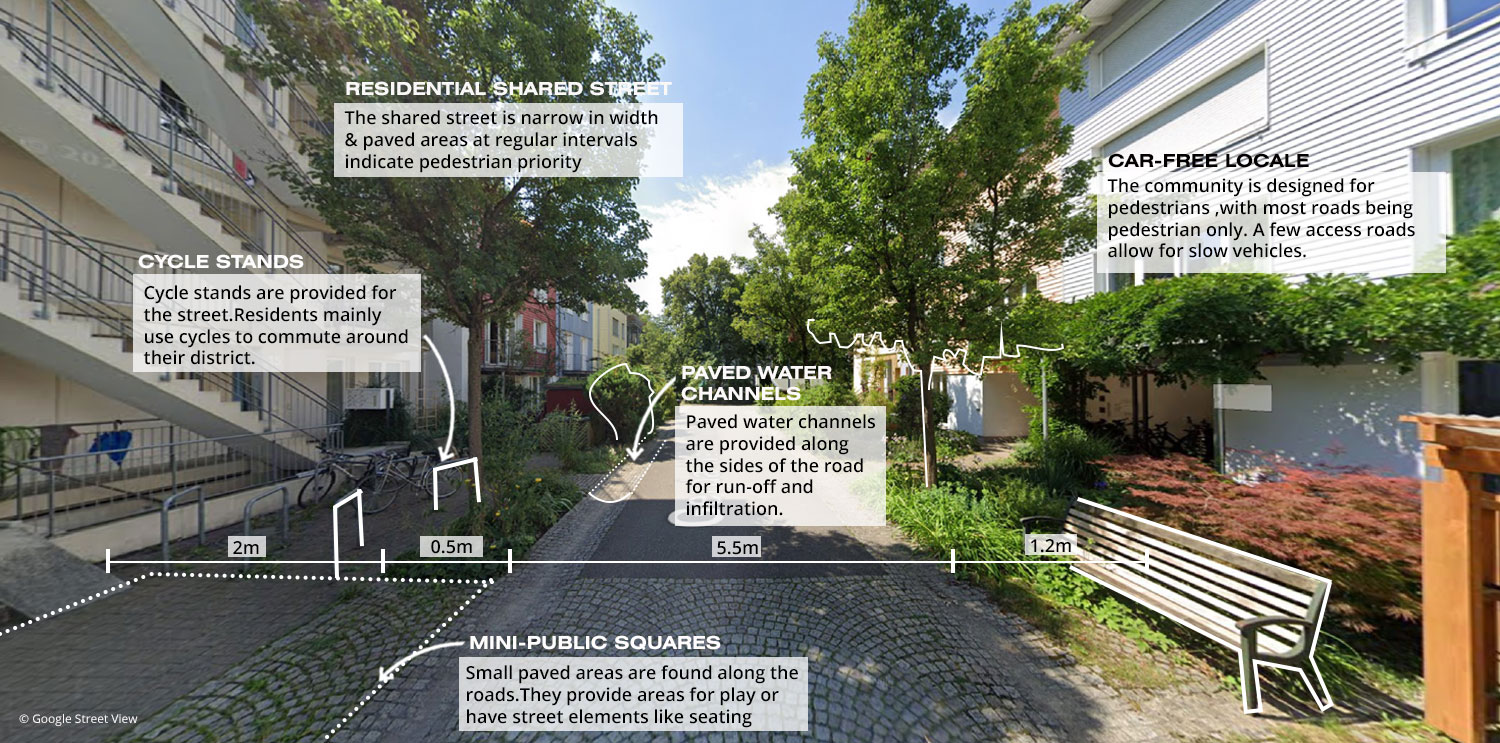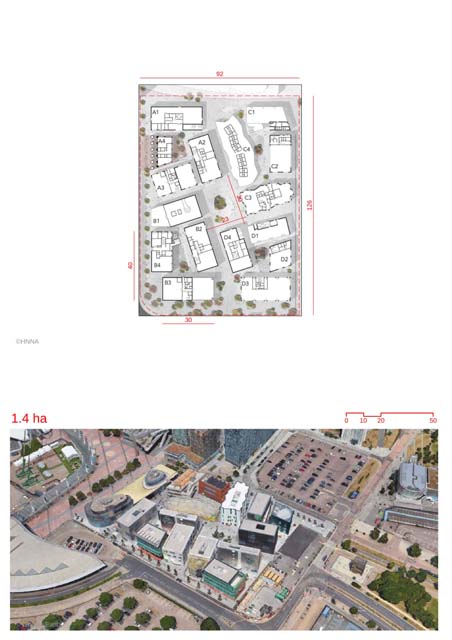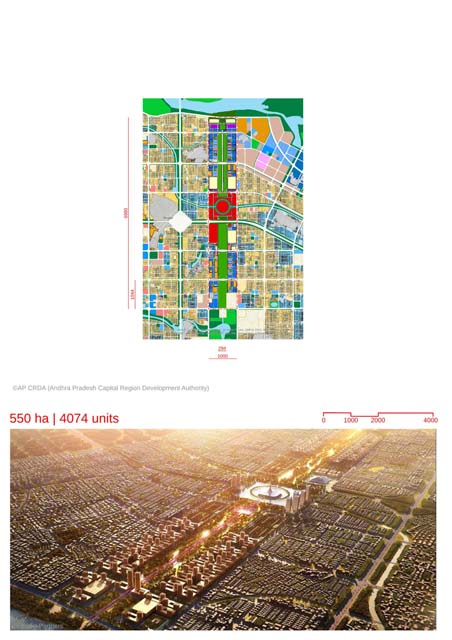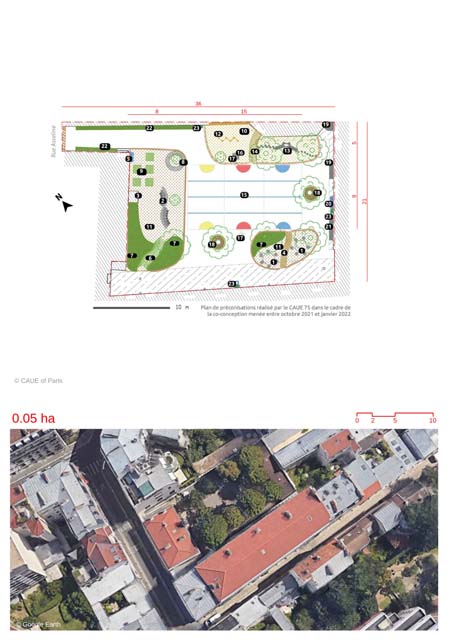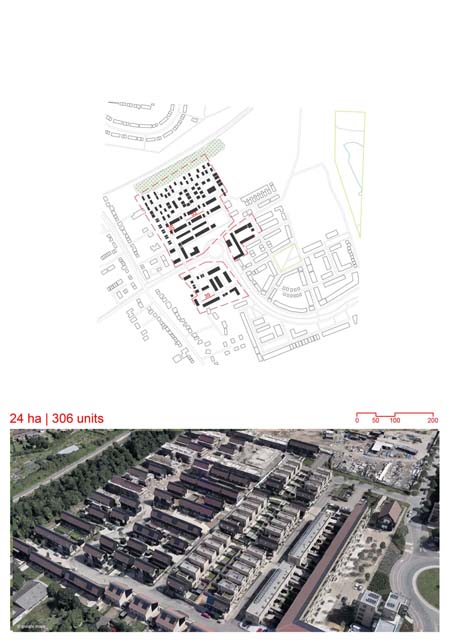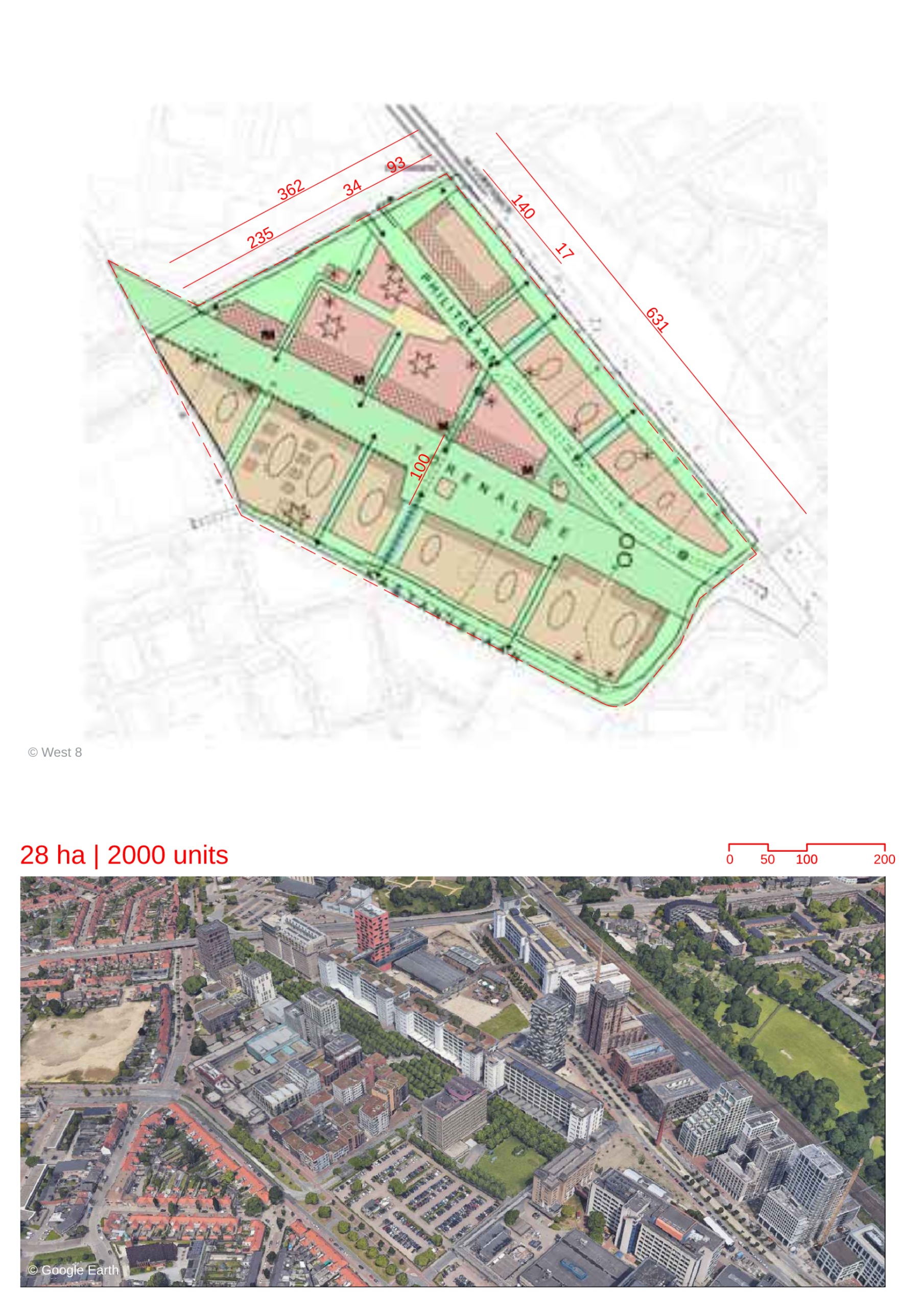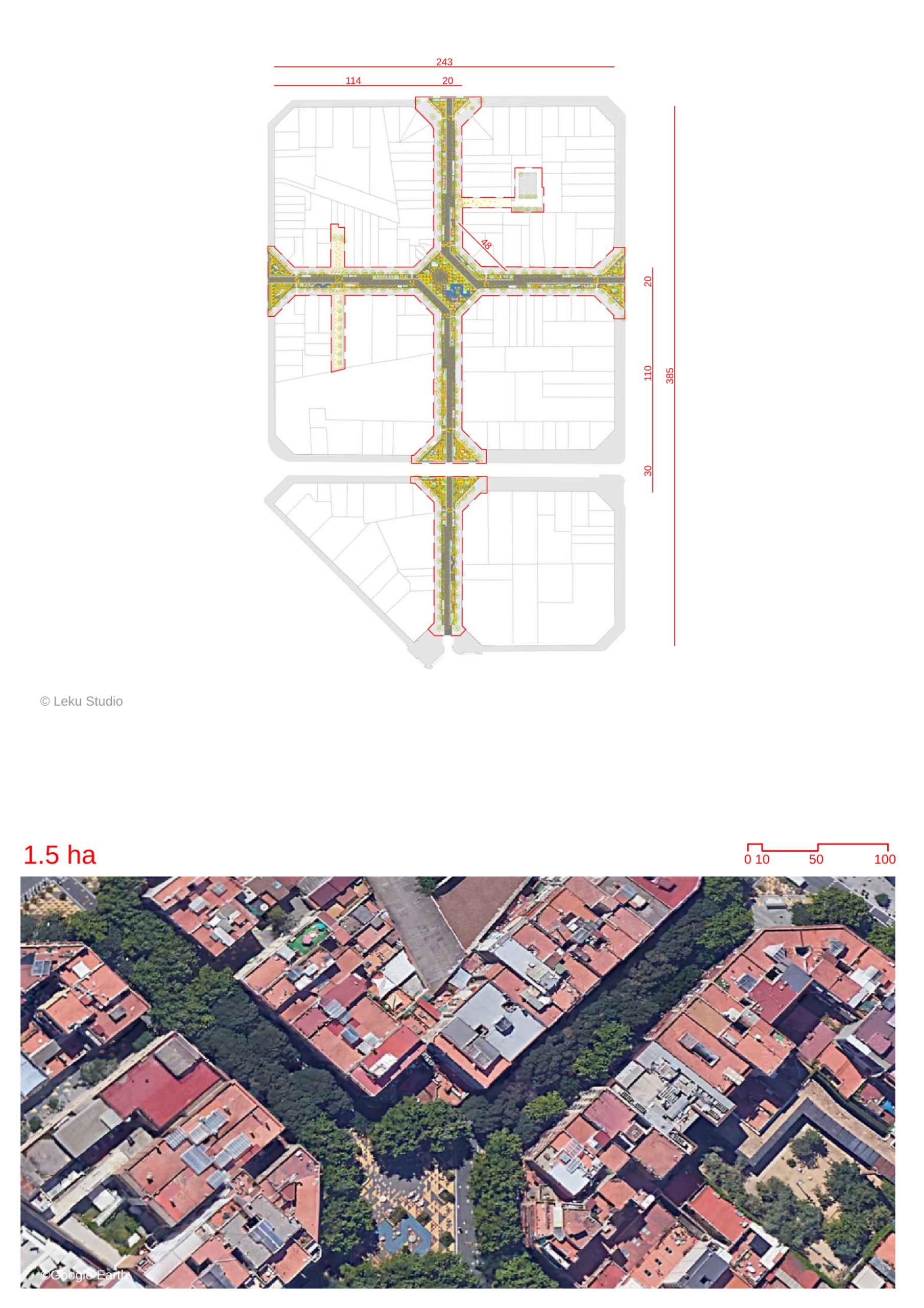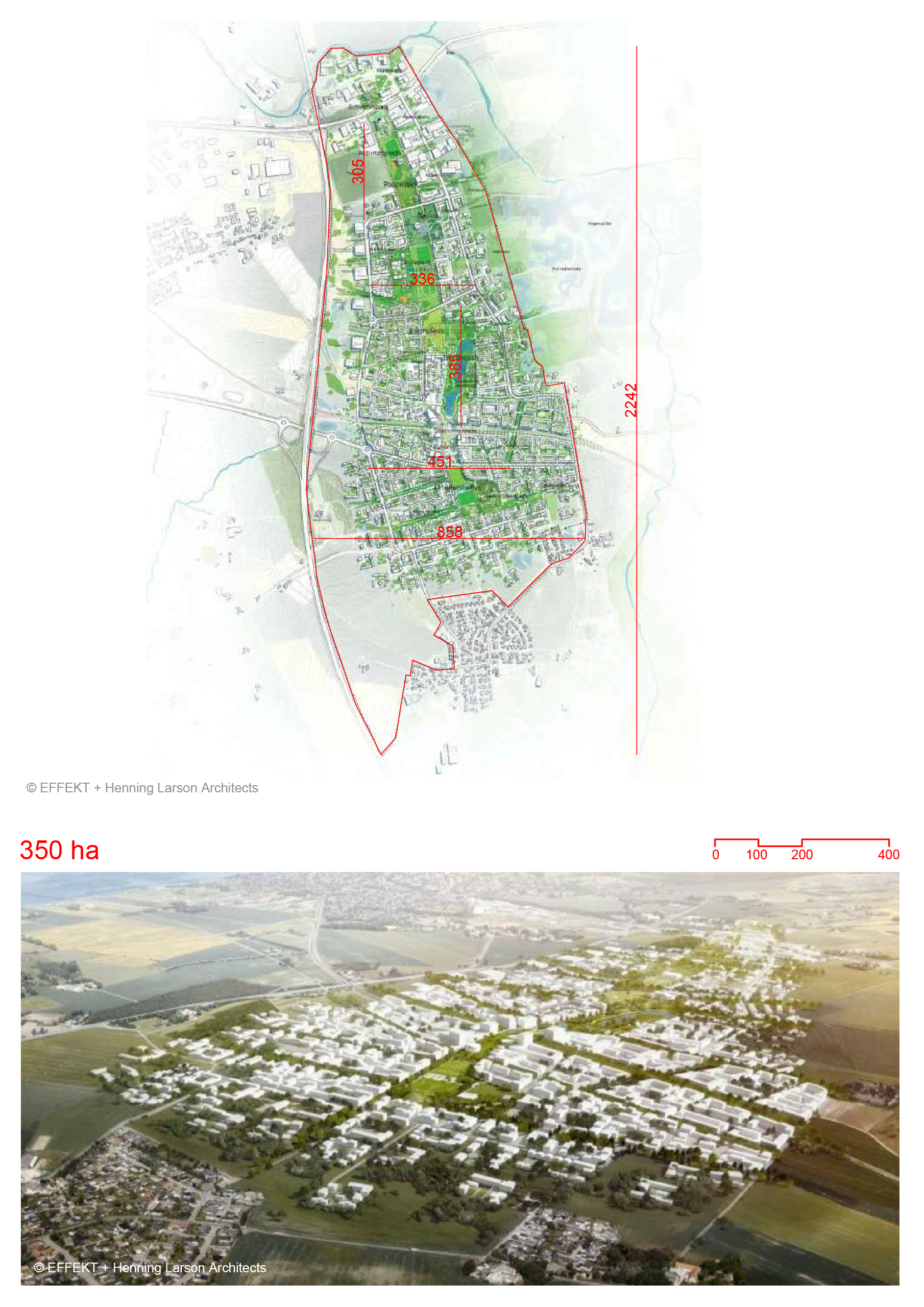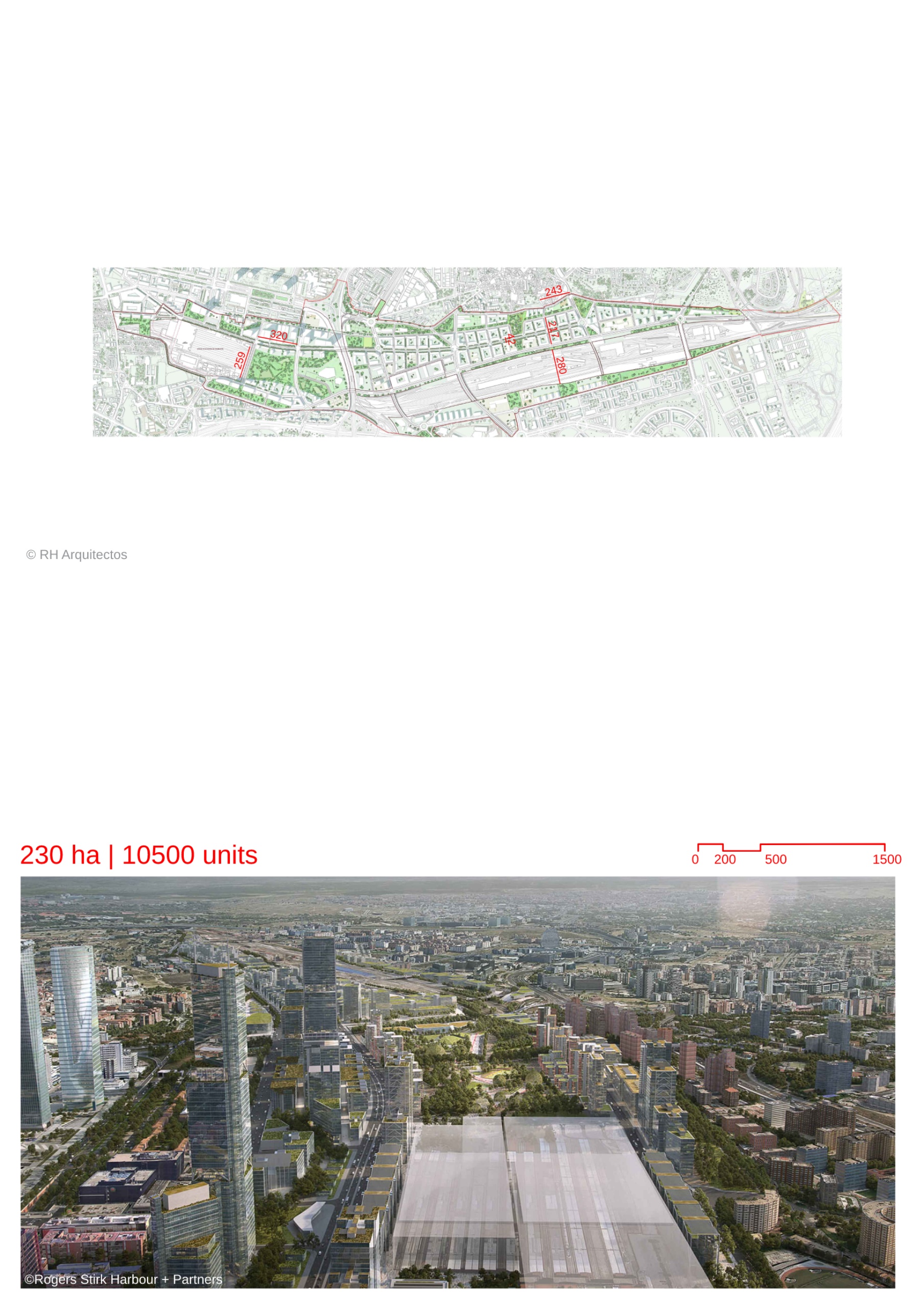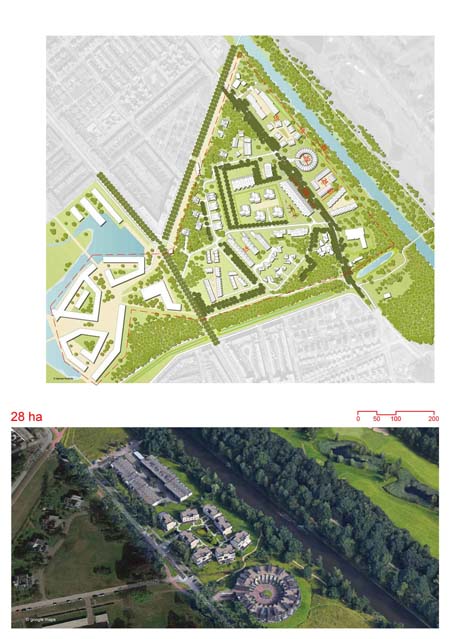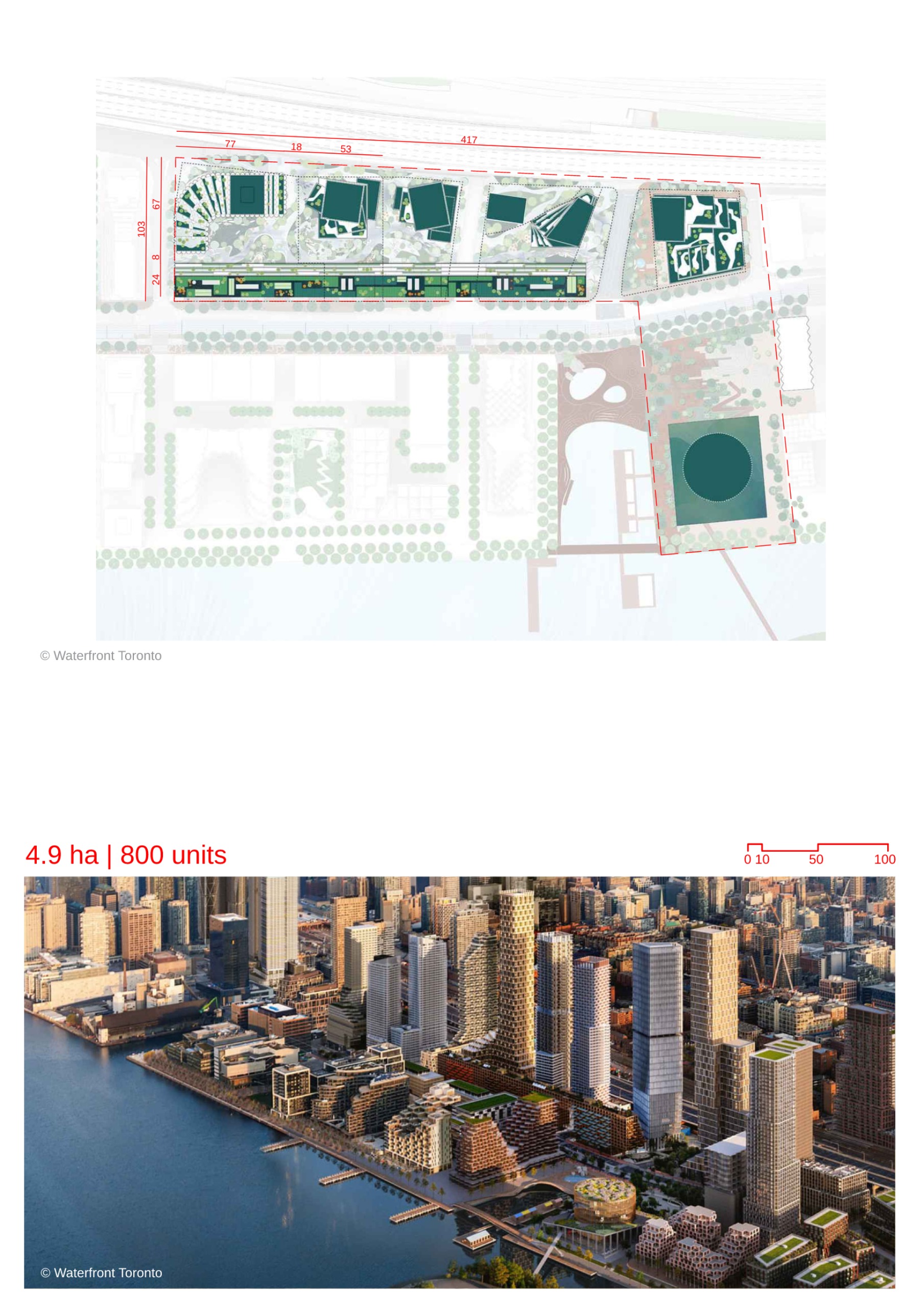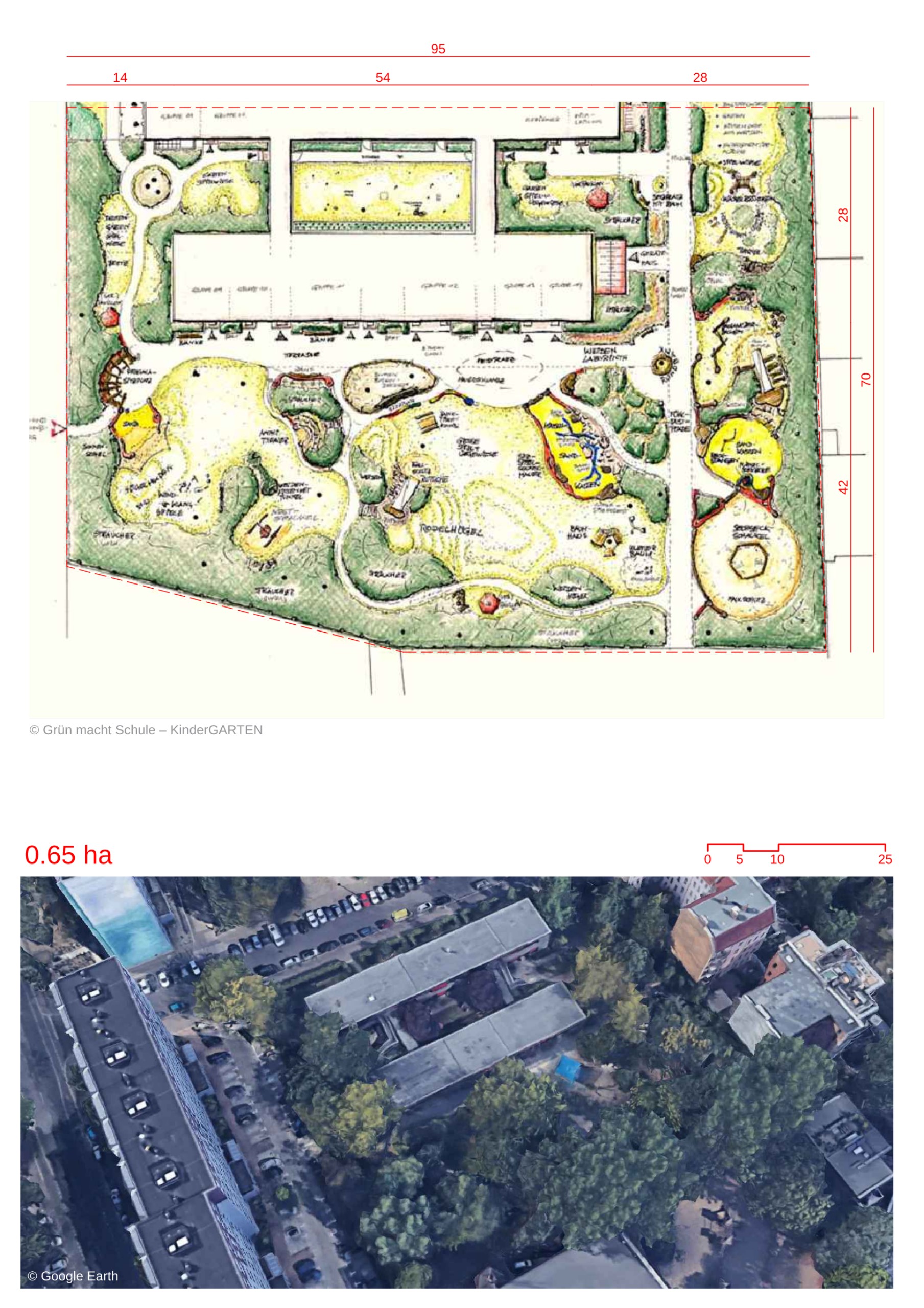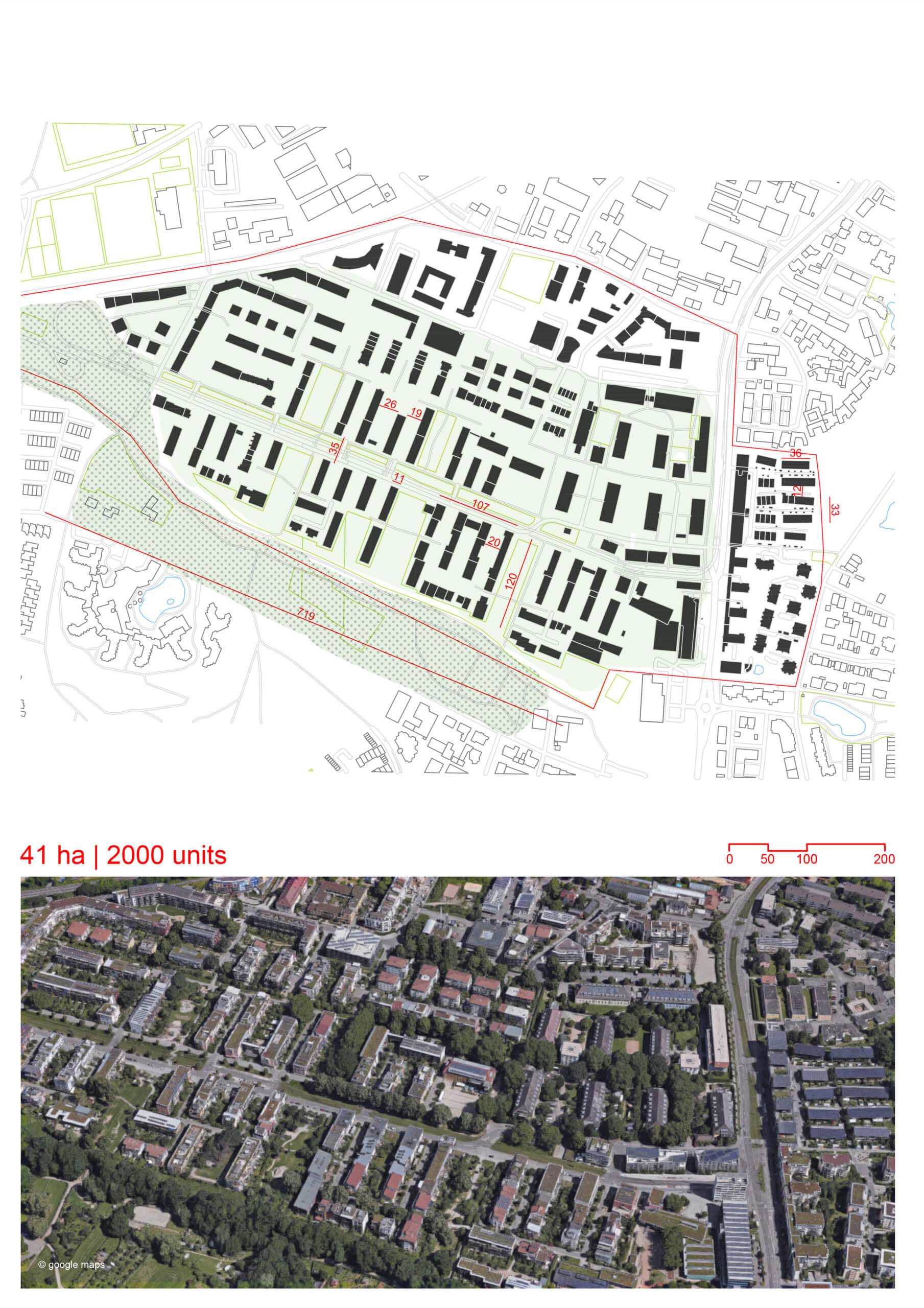
Details
Views:
6698
Tags
Data Info
Author
KOHLHOFF & KOHLHOFF
City
Freiburg
Country
Germany
Year
2010
Program
Sustainable Urban District Vauban
Technical Info
Site area
410000 sqm
Gfa
0
sqm
Density
0 far
Population density
5000
inh/ha
Home Units:
2000
Jobs
600
Streetsroad:
0
%
Buildup:
0
%
NonBuild-up:
0 %
Residential
0 %
Business
0
%
Commercial
0
%
Civic
0
%
Description
- The site covers 38 hectares and houses more than 5,000 inhabitants and provides 600 jobs.
- Attractive district especially for young families. In 2002 more than 20% of Vauban inhabitants were under 10 years old. The demand for land was stronger than availability.
- The "Learning while Planning" principle
- The site was divided into small plots and allocated to private builders and Baugruppen (co-housing groups).
- About 40 co-housing groups were established alongside building cooperatives and the self-organized S.U.S.I.-settlement initiative. These initiatives enabled holistic public participation.
- Participatory planning during the building stage was a great success. Legal, political, social, and economic participants were integrated from a small grassroots level up to the city administration.
- Concrete objectives were achieved or exceeded.
- While the development plan included some design and layout regulations, builders were given the freedom to design homes to meet their own aspirations
- All houses were built with improved low energy standard, 65 kWh/m2a similar to the Swiss SIA380/1 standard.
- Around 150 houses "passive house" (15 kWh/m2a) or "plus energy house" standard, producing more energy than they use.
- A highly efficient co-generation plant (CHP) operating with wood-chips is connected to the district's heating grid.
- Good insulation and efficient heat supply creates CO²-savings of 60%.
- A large number of solar collectors and photovoltaic modules were installed.
- Around 65% of the electricity needed in Vauban is produced on-site through CHP and photovoltaic.
- Rainwater is collected separately for in-house use or filtrated into the ground.
- A new sanitary concept using vacuum toilets and biogas plants was introduced by one co-building group.
- Reduced number of private cars, good public transportation, and a car-sharing system.
- Streets and other public spaces became playgrounds for children or other public uses.
- Parking Spaces/Residence: <0.5;
- Cars: 160 per 1,000 residents;
- NMT Mode Share: 64%;
- Transit Mode Share: 19%;
- Households with Carsharing Membership: 39%
- Distance from City Center: 3 km;
- Developers: Multiple, mainly small building cooperatives
- Construction Began: 1998, Year Completed: 2010
- Distance from City Center: 3 km;
- Landscape Verges and set backs__ 5m
- Road Widths and shared use__ 6m
- Building offsets from other buildings__ 17m increasing to 50m
- Enclosed Communal Courtyard typically 1,200m²
- Path widths and access routes__ 3m
Overview
Particiapatory urbanism
Sustainability
Ecological traffic concept
Details:
Location
Streetscapes
Explore the streetscapes related to this project
|
Sources
Explore more Masterplans
|

